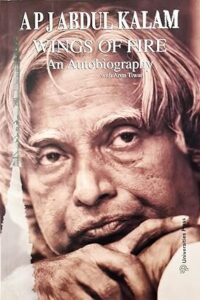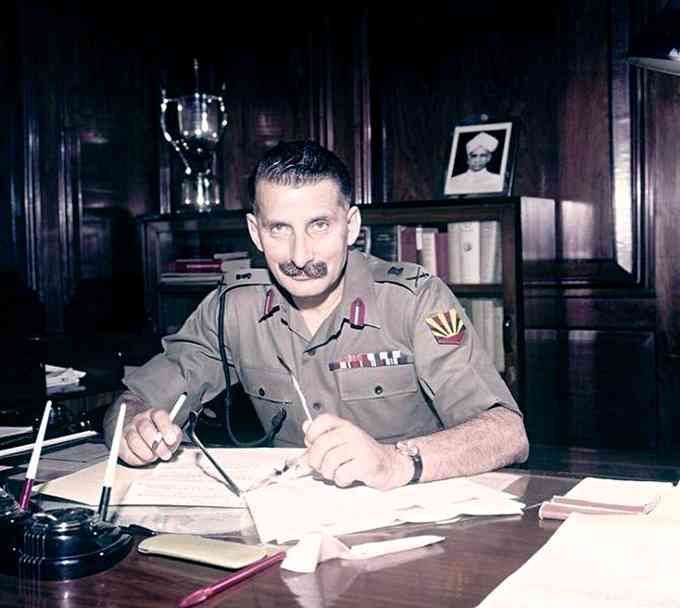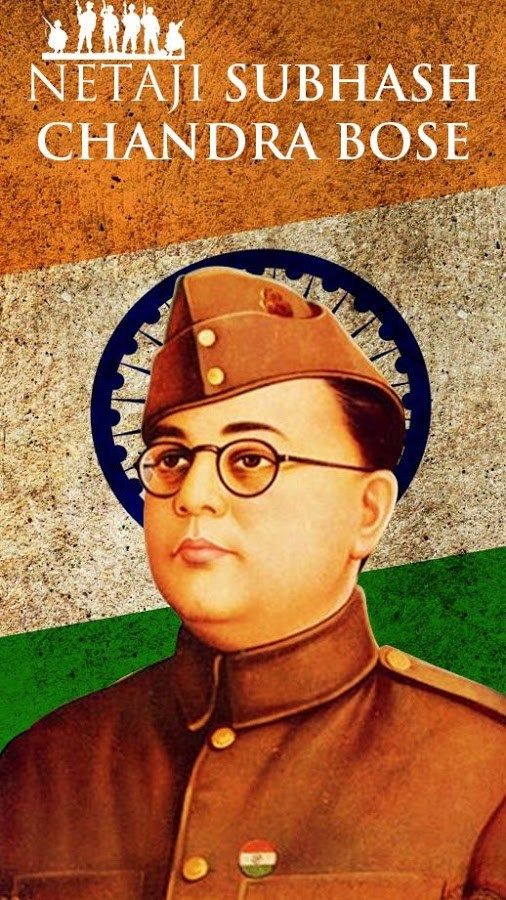The inspirational journey of Dr. APJ Abdul Kalam begins in the humble town of Rameswaram, where a young boy with big dreams was born on October 15, 1931. He was born into a modest family, would go on to become one of the most renowned scientists and leaders in Indian history.
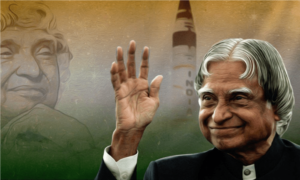
Dr. A P J Abdul Kalam is a role model for all of us!
“He was not just the 11th President of India; he was also a teacher, a great scientist, a leader, someone who achieved a lot, a friendly person, and most importantly, a source of inspiration for many.”
Early life of Dr. APJ Abdul Kalam
Dr. Kalam was born on 15 October 1931 in Dhanushkodi village of Rameswaram, Tamil Nadu. His full name was ‘Avul Pakir Jainullabdeen Abdul Kalam’. But he is better known as Dr. APJ Abdul Kalam and the “Missile Man”. His father’s name was ‘Jainulabdeen’, who was a boat owner and his mother’s name was ‘Asimma‘, who was a housewife. Dr. Kalam had five brothers and sisters.
KALAM’S Era of Education
APJ Abdul Kalam attended Schwartz High School in Ramanathapuram, where he met an inspiring mentor in Iyadurai Solomon. It was under Solomon’s guidance that Kalam gained valuable insights into the essential principles for achieving success in life.
- He pursued a B.Sc in Physics at St. Joseph’s College, Tiruchirappalli, graduating in 1954.
- Furthering his education, Kalam earned a degree in aeronautical engineering from the Madras Institute of Technology in 1960.
Did you know that Dr. Kalam wanted to become a fighter pilot but couldn’t because of the IAF entrance exam results?
Dr. APJ Abdul Kalam aspired to become a fighter pilot, but he faced a setback when he secured the ninth position in the Indian Air Force (IAF) entrance examination.
- Unfortunately, the Indian Air Force had only announced results up to the eighth rank, preventing him from realizing his dream of becoming a pilot.
Contribution to Space Research
Upon graduation, he joined the Defence Research and Development Organisation (DRDO) as a scientist, marking the inception of his career.
- One of his early accomplishments was designing a compact helicopter for the Indian Army.
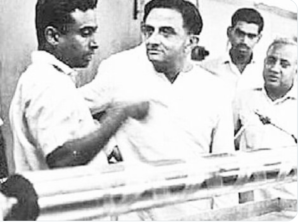
Dr. Kalam’s journey at DRDO was shaped significantly by the guidance of Dr. Vikram Sarabhai, a distinguished space scientist. Sarabhai played a pivotal role in moulding Dr. Kalam’s trajectory as a scientist.
Played important role in ISRO
His visionary work on ballistic missile technology marked the beginning of a new era for India in the global space race.
In 1969, Dr. Kalam became a part of the Indian Space Research Organisation (ISRO), where he assumed the role of Project Director for India’s inaugural indigenous satellite launch vehicle.
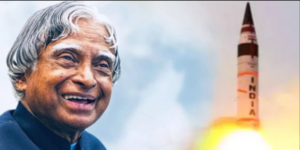
Why is Dr Kalam called Missile Man?
Dr. A.P.J. Abdul Kalam played an important role in the development of India’s first indigenous satellite launch vehicle SLV-III. With this first satellite vehicle, India successfully sent the Rohini satellite into space in the year 1980.
- Additionally, he conceptualized the Integrated Guided Missile Development Programme (IGMDP), overseeing the development of five indigenous missiles: Nag, Prithvi, Akash, Trishul, and Agni.
Dr. Kalam had made an important contribution in making these missiles, due to which he was awarded the title of ‘Missile Man’.
Pokhran-II Nuclear Tests
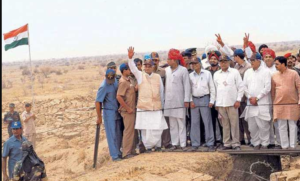
One of the defining moments in Dr. Kalam’s career was his pivotal role in the 1998 Pokhran-II nuclear tests. As the Chief Project Coordinator, his leadership and technical expertise played a crucial role in making India a nuclear-armed nation.
- Only after this successful nuclear test, the then Prime Minister Atal Bihari Vajpayee declared India a fully developed nuclear country and India emerged as a superpower in the world.
Presidency and People’s President
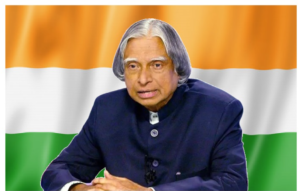
In 2002, Dr. Abdul Kalam became the 11th President of India succeeding KR Narayanan.
- He made history as the first scientist and bachelor to reside in Rashtrapati Bhavan.
- His tenure as president was highly successful, and he earned the endearing title of the “People’s President.”
- Dr. Kalam was renowned for his motivational speeches and engaging interactions with students throughout his term in office.
Bharat Ratna Award
Do you know that Dr. Kalam was the third President of India to receive India’s highest civilian award ‘Bharat Ratna in 1997’.
Before Dr. Kalam, in the year 1954, “Dr. Sarvepalli Radhakrishnan” and in the year 1963, “Dr. Zakir Hussain” were awarded the Bharat Ratna.
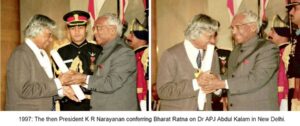
Did you know that – the United Nations recognized Dr. Kalam’s 79th birthday as “World Students Day.
- World Students’ Day was established on October 15, 2010, to commemorate Kalam’s numerous contributions, particularly in the realms of academia and research.
The demise of Dr. Kalam
On July 27, 2015, Dr. Kalam passed away while delivering a lecture at the Indian Institute of Management, Shillong. He collapsed due to heart failure during the event.”
“Though his body may have left, his ‘Wings of Fire’ know no death. They will always ignite and inspire us.”
Happy reading!!








